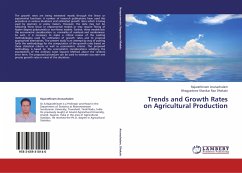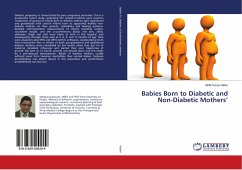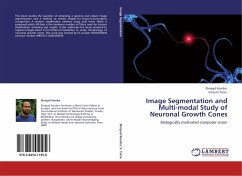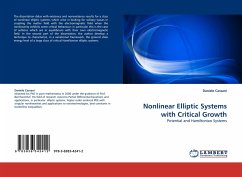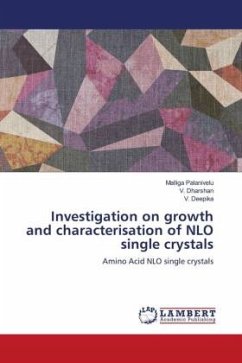The growth rates are being estimated mostly through the linear or exponential functions. A number of research publications have used this procedure in various situations and estimated growth rates which is being used by planners or policy makers. However, the data may not be following these linear or expoenential models or may require fitting of higher degree polynomials or non-linear models. Further, these models lack the econometric consideration i.e. normality of residuals and randomness. As such, it is necessary to make a critical review of the existing methodologies used for estimation of growth rates and to propose appropriate alternatives. The present study is an attempt by way of putting forth the methodology for the computation of the growth rates based on these statistical criteria as well as econometric criteria. The proposed methodlogy is based on the econometric considerations satisfying the assumptions of the ordinary Least Squares Method about the random error term. The proposed procedure can be used to estimate accurate and precise growth rates in most of the situations.

